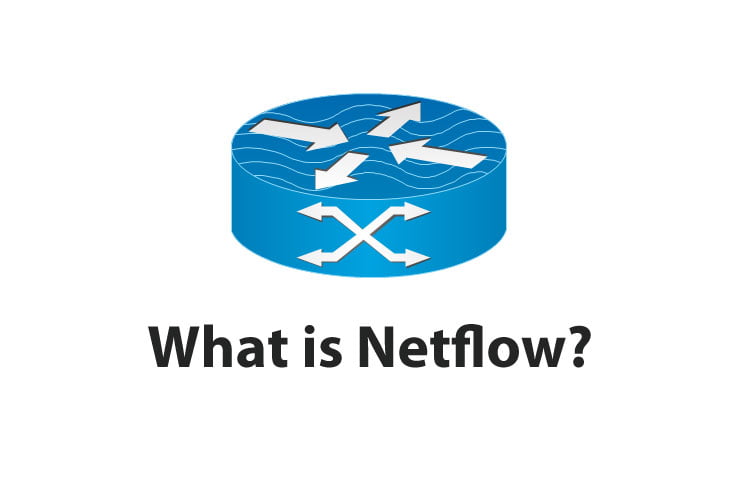For computers to pass messages from one system to another, they establish a communication channel. It’s essential that your IT team has good visibility throughout the connection to diagnose issues, spot non-compliant users, and even refine the system provisions. With the increased complexity of IT infrastructure, you need to invest in the right technology to collect IP traffic information. Read on to gain more insights.
What Is NetFlow?
It’s a protocol system developed by Cisco that collects IP traffic information as it passes to or out of an interface. Therefore, you can analyze the data with the help of a collector or analyzer to get a clear picture of the network traffic flow or volume. When a server responds to a user’s request, the protocol works in reverse mode to create a flow record.
How Does It Work
The protocol system uses simple steps to collect, sort, and analyze data. The process begins with a flow exporter, the IP flow that contains groups of IP packets with similar attributes. Whenever the packets move from a switch or router, it gets examined for various features to gather information like IP source, destination, layer three protocol type, class of service, router or switch interface, port source, and destination.
Next, the netflow cache stores the data generated after examining the IP packets in a condensed format. The database then proceeds to a command-line interface or collector. From a command-line interface, you can access data for a quick view of your network traffic, especially if you want to analyze and solve a serious problem within the network.
Alternatively, you choose to export the data to a collector, a reporting server that collects and processes the data for easier analysis. The collector can either be a hardware or software solution based with the software being the most common.
Why You Need To Use It
You can use the protocol system for several management tasks. It helps you monitor your network, identify top users, track in and out traffic. With the data, you can determine who uses banned applications or significant bandwidth that slows down the network. You can also spot overworked protocols within the network.
It’s also essential in network planning. You can track the network usage to plan for anticipated growth. Thus, an organization can increase the number of ports, bandwidth interfaces, or routing devices to meet growing demand. It also helps you analyze new applications and their impacts on the network.
Additionally, the enhanced network visibility increases security awareness. You can understand spots with high resources use and investigate them for a security breach. The management can also detect changes in the network normality that indicate compromised security.
Again, you can analyze the entire network to troubleshoot any problems. For instance, if your team members complain about slow mail, you can quickly diagnose the network slowdowns’ root cause.
Conclusion
For your business to succeed, you need to maintain high visibility across your network. This way, you can keep up with growing data volume, understand your network pain points, and detect unauthorized traffic.

